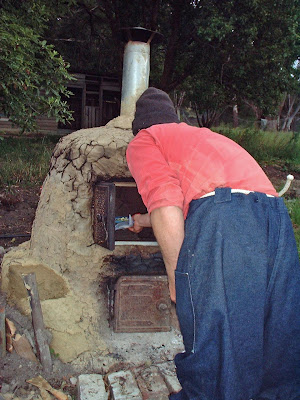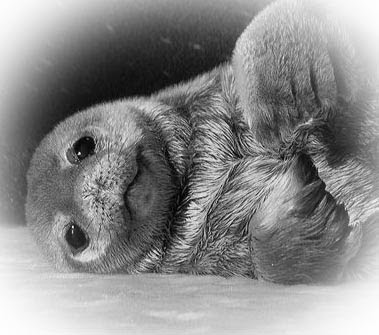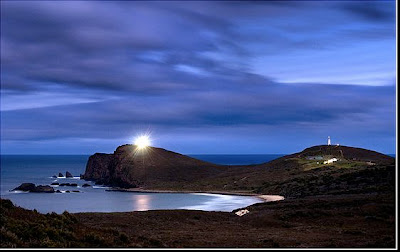 Black swans make their homes in coastal areas, nesting in swamps, estuaries & enclosed lakes. However it is fairly rare to see swans gliding through the oceans & tends only to happen near Islands such as Bruny.
Black swans make their homes in coastal areas, nesting in swamps, estuaries & enclosed lakes. However it is fairly rare to see swans gliding through the oceans & tends only to happen near Islands such as Bruny. Swans feed on plants that grow in the shallows. Black Swans are frequently seen floating gracefully in the shallow salty waters of Isthmus Bay situated on the Bruny Neck. Locals say that when the Swans are out you can be guaranteed to catch flounder in the bay - most likely because the flounder feed on similar food to the Swans so local mythology goes.
Swans feed on plants that grow in the shallows. Black Swans are frequently seen floating gracefully in the shallow salty waters of Isthmus Bay situated on the Bruny Neck. Locals say that when the Swans are out you can be guaranteed to catch flounder in the bay - most likely because the flounder feed on similar food to the Swans so local mythology goes.Swans build their nests from pieces of coarse reed, which makes swamps, lakes & even small water dams on farms appealing places for these graceful birds.



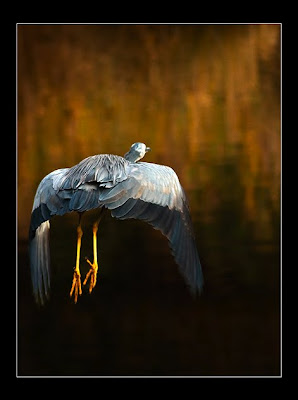








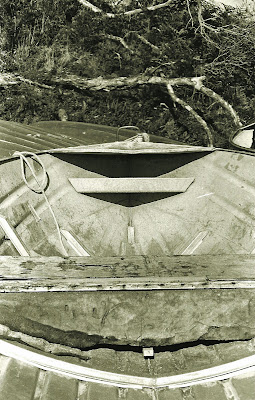







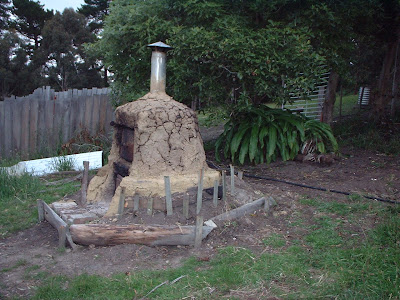
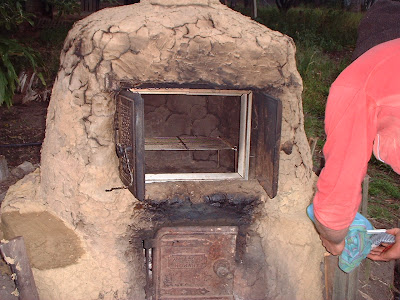
 The oven runs on wood & is used to make pizza & for smoking oysters collected in Simpsons Bay at low tide.
The oven runs on wood & is used to make pizza & for smoking oysters collected in Simpsons Bay at low tide.